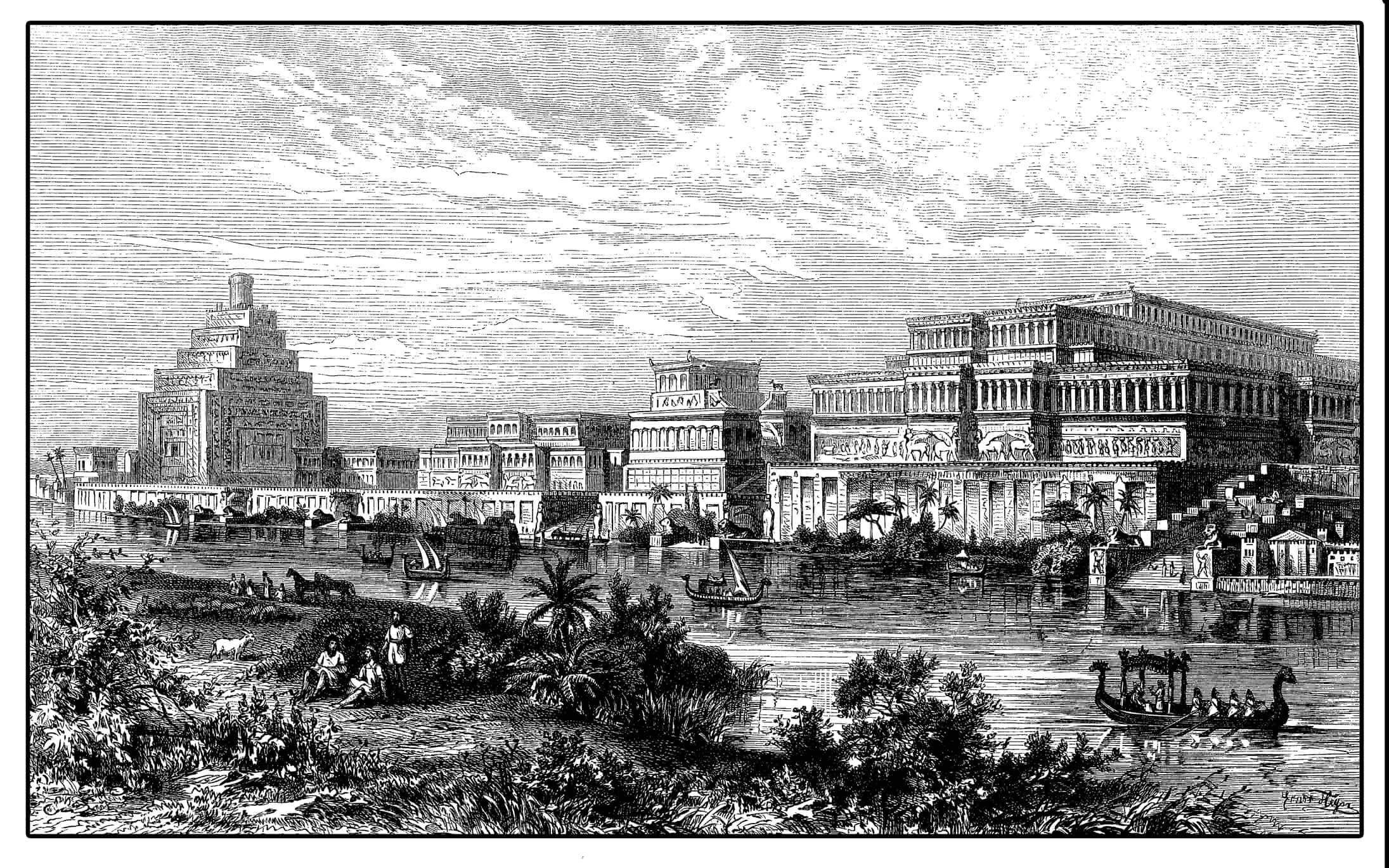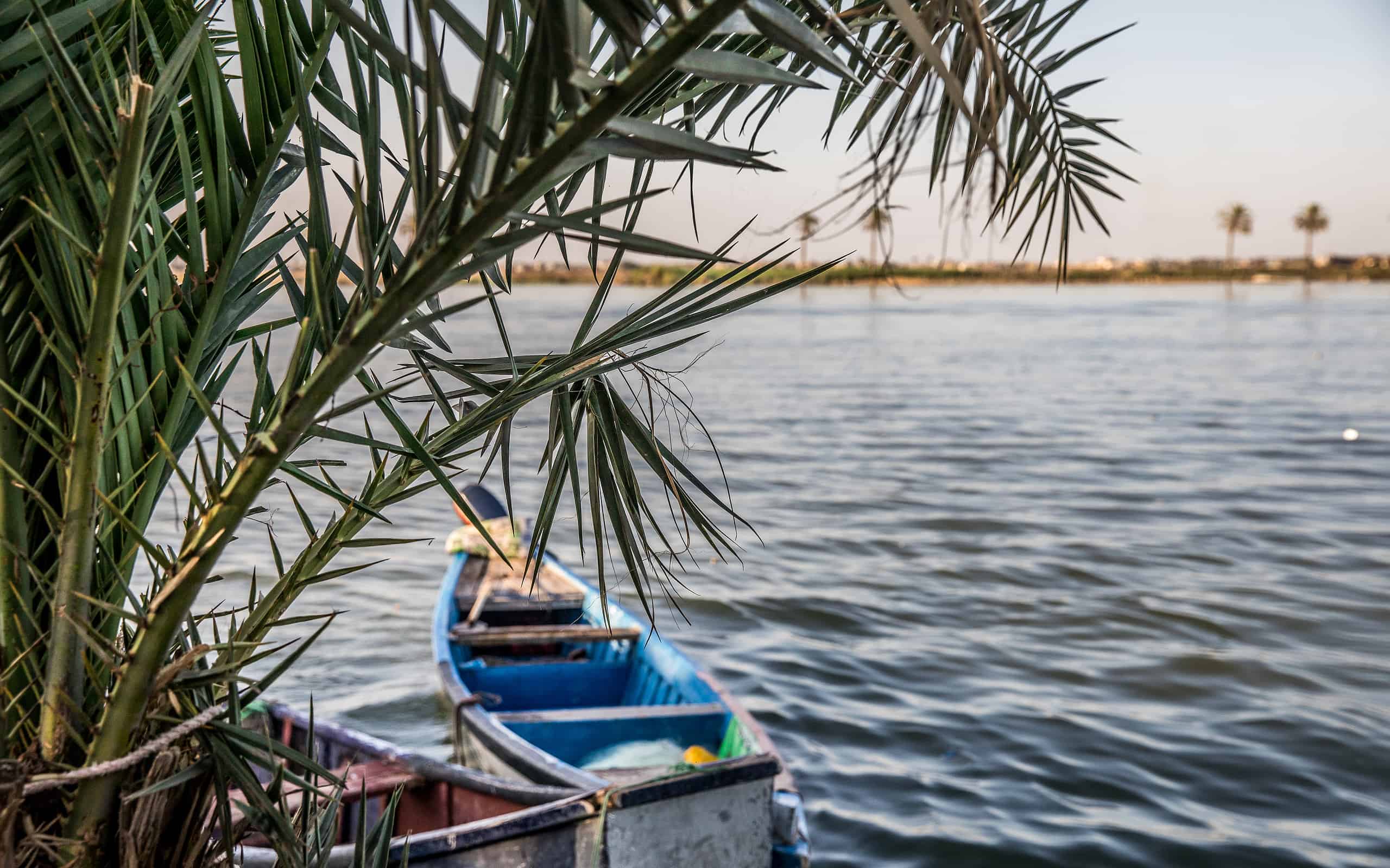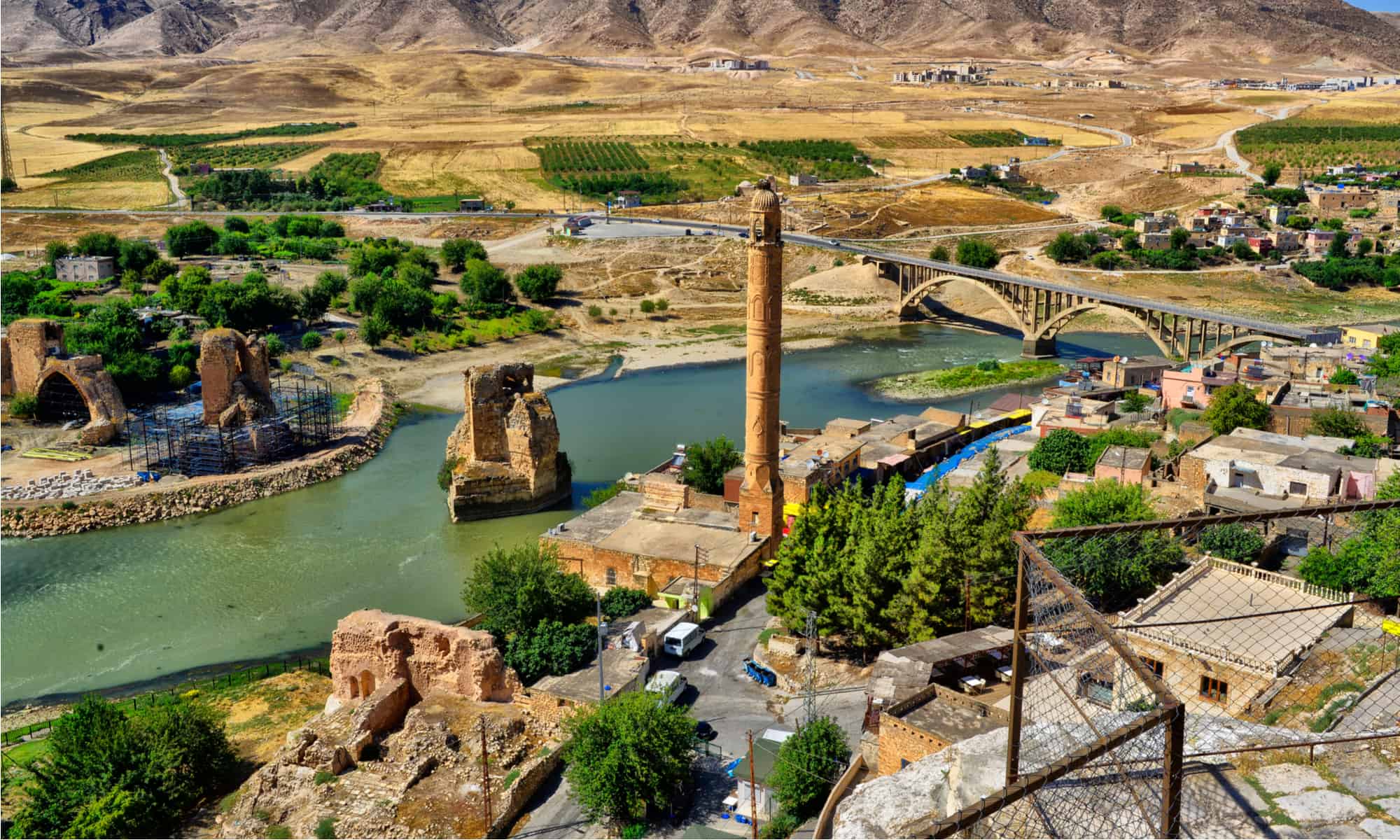Rivers have long been the lifeblood of civilizations. They have shaped the course of history, providing sustenance and serving as conduits for trade and cultural exchange. Among the world’s great rivers, the Tigris has been an enduring connection between watercourses and human progress. Originating from the highlands of eastern Turkey, the Tigris River embarks on a remarkable journey. It carves its path through four diverse nations: Iran, Iraq, Syria, and Turkey. In this article, we will do a comprehensive exploration of the Tigris River. We talk about its formation, historical significance and the influence it exerts on the countries it touches.
The Tigris River: An Introduction

Landscape of the Euphrates River in Kemaliye, Erzincan, Turkey. The Euphrates flows through Syria and Iraq to join the Tigris in the Shatt al-Arab, which empties into the Persian Gulf.
©Funtay/iStock via Getty Images
The Tigris River is known by various names such as “Dijla” in Arabic and “Dicle” in Turkish. Thus, it makes it a river of both myth and history. Spanning approximately 1,850 kilometers (1,150 miles) in length, it ranks as the shorter of the two great rivers of Mesopotamia. Its counterpart river is the Euphrates. The Tigris owes its name to the ancient Sumerian word “Idigna,” meaning “swift river.” This is a fitting name for a watercourse known for its spirited flow.
Formation and Source
The origin of the Tigris River can be traced to the rugged eastern Anatolian highlands of Turkey. Here, amidst the craggy terrain, the river’s origin is marked by the confluence of numerous tributaries. The principal source of the Tigris is the Murat River. The Murat River initially starts from the eastern slopes of the formidable Mount Ararat, a peak that has historical and cultural significance. As the Murat River journeys westward, it merges with the Karasu River near the town of Diyarbakır. This is where it officially becomes the Tigris.
Historical Significance
The Tigris River, with its majestic flow and the fertile plains it gives birth to, has a history that spans millennia. This watercourse played an instrumental role in the development of some of humanity’s earliest and most successful civilizations. It served as the life-giving artery of Mesopotamia, the “Land Between the Rivers.” Thus, it nurtured civilizations such as the Sumerians, Akkadians, and Babylonians. Along its banks, writing systems were born, agriculture thrived and urban centers flourished. Thus, Mesopotamia is often heralded as the “cradle of civilization,” while the Tigris River lies at the heart of this heritage.
The Tigris River, with its meandering journey and deeply rooted history, binds together four nations. From its source in Turkey to its confluence with the Euphrates in Iraq, its path is significant. The river also contributes to the region’s rich culture and complex geopolitical dynamics. As we delve into the influence of the Tigris on Iran, Iraq, Syria, and Turkey, we will uncover the ways in which this river has left a mark on the land it flows through.
Iran

Reconstruction of the Assyrian royal Palace at Niniveh on the border of Tigris river, Assyrian empire
©Luisa Vallon Fumi/iStock via Getty Images
The Tigris River’s journey begins in the eastern Anatolian region of Turkey. It soon crosses into Iran, where it flows through the western part of the country before entering Iraq. Iran’s connection with the Tigris is primarily associated with its upper reaches. This is where the river contributes to the landscape and sustains local communities.
Influence on Iran
In Iran, the Tigris River’s flow is influenced by the mountainous terrain of the western Zagros range. While the Tigris may not be as prominent here as it is in other countries along its course, its influence is still palpable. The river serves as a vital water source for irrigation and contributes to the overall ecology of the area.
Cultural and Historical Significance
The upper reaches of the Tigris in Iran also has historical and cultural legacies dating back to ancient times. This region was once part of the Persian Empire and various other dynasties, including the Achaemenids and Sassanids. Today, the Iranian portion of the Tigris River is a testament to the country’s rich history as well as its connections to the great Mesopotamian civilizations.
Modern Challenges
In contemporary times, Iran faces challenges related to water management and allocation. This is because it shares the Tigris River’s resources with downstream nations. Disputes over water usage, dam construction and the ecological impact of the river are complex issues that require diplomatic efforts and regional cooperation.
Iraq

Small fishing boats with a palm tree in the fore by the banks of the river Tigris in Iraq.
©Nina Assam/iStock via Getty Images
As the Tigris River enters Iraq, it reaches the heartland of ancient Mesopotamia. This is where it has played a central role in shaping the country’s history, culture, and economy.
Historical Significance
The Tigris River was once the lifeblood of ancient Mesopotamia. It nurtured the birth of the world’s first cities and empires, such as Sumer and Babylon. It also enabled irrigation for agriculture, facilitating the growth of surplus food and the development of advanced societies. Iconic historical sites like the Hanging Gardens of Babylon and the city of Ur still lie along its banks.
Water Management
In contemporary Iraq, the Tigris River remains a vital water source for irrigation, industry, and domestic use. The country relies on the river to sustain its agricultural production, especially in the fertile lands of the Tigris and Euphrates delta.
Environmental Challenges
However, Iraq faces significant environmental challenges concerning the Tigris River. Issues such as pollution, water scarcity and the damming of the river’s tributaries have raised concerns about its future viability as a sustainable water source.
Syria

Tigris river Syrian border
©Ihsan Yusuf Bartu/iStock via Getty Images
The Tigris River flows briefly through northeastern Syria before crossing into Iraq. While Syria does not have an extensive stretch of the river, it still plays a crucial role in the overall management of the Tigris and Euphrates river systems.
Shared Water Resources
Syria shares the Tigris and Euphrates rivers’ waters with Turkey, Iran, and Iraq. The utilization of these resources has been a source of regional tension and cooperation. Several dams and irrigation projects in Turkey have affected downstream flows, impacting both Syria and Iraq.
Historical Connections
The region surrounding the Tigris River in Syria holds historical significance as mentioned before. This is because it was also part of ancient trade routes and was influenced by various empires, including the Roman and Byzantine. Today, the region in Syria bears traces of this rich history, with archaeological sites and remnants of ancient cities.
Turkey

View of the landscape with the mountain canyon and the river, which is a tributary of the Tigris River, at sunset
©Kateryna Maistrenko/iStock via Getty Images
Turkey‘s eastern Anatolian region serves as the primary source of the Tigris River, where the tributaries of the Tigris converge to form the mighty river.
Hydroelectric Power
Turkey has harnessed the Tigris River’s power through the construction of hydroelectric dams, which generate electricity for the region and contribute to the country’s energy production. These dams also regulate the river’s flow and affect downstream nations.
Regional Relations
Turkey’s use of the Tigris River’s water resources has been a source of tension in its relations with Iraq and Syria. Disputes over dam construction and water allocation have also led to diplomatic negotiations and agreements.
In conclusion, the Tigris River is more than a waterway; it is a symbol of the intertwined histories, cultures, and challenges of Iran, Iraq, Syria, and Turkey. Each of these nations, with its own unique relationship with the river, which also contributes to the political landscape of the region. Due to the connection with the river, they still navigate modern challenges related to water management and environmental sustainability.
Thank you for reading! Have some feedback for us? Contact the AZ Animals editorial team.








